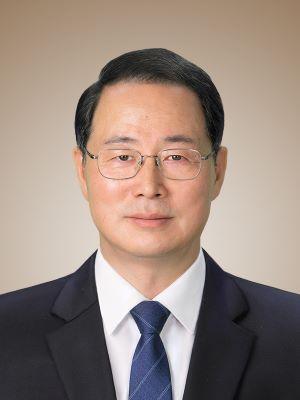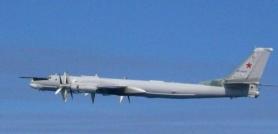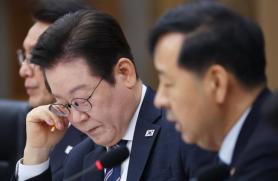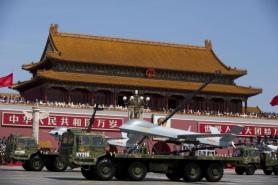
SEOUL, October 28 (AJP) - President Lee Jae Myung recently declared that South Korea aims to become the world’s fourth-largest defense exporter by 2030 — a bold vision reflecting the country’s growing role in the global arms market.
According to the Stockholm International Peace Research Institute, South Korea ranked 10th in defense sales in 2023. Its share of global arms exports surged from 1 percent in 2012–2016 to 2.8 percent in 2017–2021 on average.
That ascent was no accident. South Korea’s defense industry was born out of necessity in the early 1970s, after the withdrawal of a U.S. Army division exposed the country’s vulnerability. Yet what began as a survival strategy has become one of the most dynamic defense sectors in the world — and its trajectory owes more to Russian cooperation than many in Seoul care to admit.
In the 1990s, under a project known as Bulgom (or “Brown Bear”), South Korea acquired Russian weapons and technology, including T-80U tanks and BMP-3 armored vehicles. At the time, these deals were seen as practical exchanges — part of broader efforts to normalize ties after the Cold War.
But the technical knowledge gained from those purchases proved transformative. The K2 Black Panther tank and K9 self-propelled howitzer — now pillars of South Korea’s defense exports — owe much to those early collaborations.
A second wave of cooperation followed in the early 2000s, when South Korea obtained Metis-M anti-tank missiles and other systems. Those technologies would later inform the development of the KF-21 Boramae fighter jet and the KM-SAM Cheongung air defense system, products now attracting global attention.
Russia also played an unexpected role in South Korea’s entry into space. Through joint work on the KSLV-1, or Naro, launched between 2004 and 2013, South Korean engineers gained vital experience in rocket technology. That partnership paved the way for the nation’s first fully domestic launch vehicle, the KSLV-2, known as Nuri.
Critics often view such projects as evidence of technological dependence. Yet it was precisely Russia’s willingness to transfer missile and propulsion technology — something the United States, constrained by international regimes, was reluctant to do — that allowed South Korea to accelerate its aerospace ambitions.
Today, “K-Defense” has become a global brand. South Korean tanks, howitzers and missile systems are in high demand, especially after Russia’s invasion of Ukraine reshaped the global arms market.
European nations like Poland and Romania, seeking reliable suppliers outside the United States, have turned to Seoul. So have Middle Eastern buyers such as Saudi Arabia, drawn by the combination of affordability, quality and speed of delivery.
Still, South Korea’s strategic mindset remains shaped by Cold War instincts — a lens through which Russia is often viewed as a threat rather than a former partner. This narrow perspective risks overlooking a historical truth: Russia played an indispensable role in building the technological foundation of South Korea’s defense and aerospace industries.
Recognizing that contribution need not mean aligning politically with Moscow, but rather acknowledging that pragmatic cooperation has, at times, served the national interest.
As South Korea looks to climb further up the global defense ladder, it would do well to remember the lessons of its own history — that progress often comes not only from alliances of ideology, but from partnerships of opportunity.
About the author
Park Byung-hwan holds a law degree from Korea University and received diplomatic training at Oxford University. He is a former deputy ambassador to Uzbekistan and Russia, a former consul general in Irkutsk, and currently serves as director of the Eurasia Strategy Institute and visiting professor at Sangmyung University.
* This article, published by Aju Business Daily, was translated by AI and edited by AJP.
Copyright ⓒ Aju Press All rights reserved.



